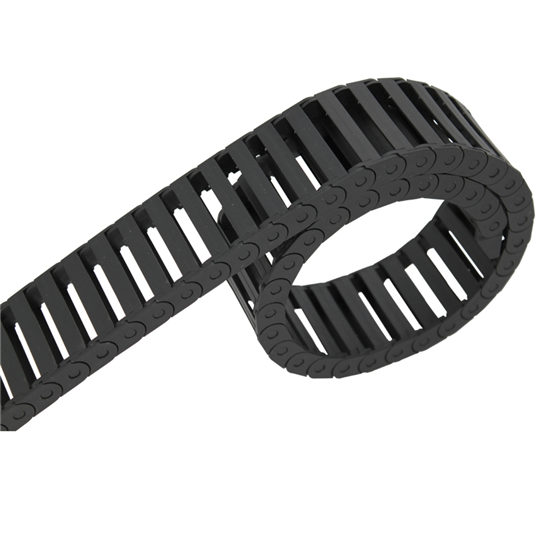Exploring the Functionality of Split Loom Conduit for Cable Management
Understanding Split Loom Conduit A Comprehensive Guide
In the world of electrical wiring and cable management, ensuring safety and organization is paramount. One of the key components that play a pivotal role in achieving this is the split loom conduit. This article provides a comprehensive overview of what split loom conduit is, its benefits, applications, and installation practices.
What is Split Loom Conduit?
Split loom conduit is a type of protective covering used for electrical wires and cables. Made from durable plastic, usually polyethylene, this conduit features a split down one side, allowing for easy installation and removal of cables. This design enables users to quickly add or remove cables without the need for cutting or excessive handling, making it a popular choice in various applications.
Benefits of Split Loom Conduit
1. Protection The primary purpose of split loom conduit is to protect wires from physical damage. It shields cables from abrasion, moisture, and other environmental factors that could lead to wear and tear. This protective layer extends the lifespan of electrical wiring and reduces the risk of short circuits.
2. Organization By encasing multiple wires within a single conduit, split loom helps improve cable management. This prevents tangling and clutter, making installations more organized. A neat layout not only looks professional but also simplifies troubleshooting and maintenance tasks.
3. Flexibility The split design allows for flexibility in wiring. Users can easily add or remove cables as needed, adapting the conduit to changing requirements without significant hassle. This adaptability is particularly beneficial in dynamic environments where modifications are frequent.
split loom conduit

4. Variety of Sizes Split loom conduit comes in various sizes, accommodating different cable diameters. This versatility allows users to choose the appropriate size for their specific needs, ensuring optimal protection and organization.
5. Cost-Effectiveness Compared to other types of conduits, split loom is generally more affordable. The ease of installation and maintenance further adds to its cost-effectiveness, making it a favored choice for both DIY enthusiasts and professionals alike.
Applications of Split Loom Conduit
Split loom conduit finds usage in a plethora of settings. It is commonly used in automotive applications to protect wiring harnesses from engine heat and physical abrasion. Additionally, it is favored in home and office environments for organizing computer cables, electrical wiring, and other connections. Industries such as construction, telecommunications, and manufacturing also utilize split loom to safeguard cables in harsh environments.
Installation Practices
Installing split loom conduit is straightforward. First, measure the length of the area where the conduit will be applied. Cut the split loom to the desired length, ensuring it matches the cable lengths it will cover. Simply feed the cables into the split loom and secure it in place as needed. For added security, cable ties or clamps can be used to fasten the conduit, especially in areas with high movement.
Conclusion
In conclusion, split loom conduit is an invaluable tool for anyone working with electrical systems. Its protective qualities, organizational benefits, flexibility, and cost-effectiveness make it a preferred choice across various industries. Whether in automotive settings or domestic environments, split loom conduit aids in maintaining safety and efficiency. Understanding and utilizing this versatile conduit can greatly enhance any project involving electrical wiring.








